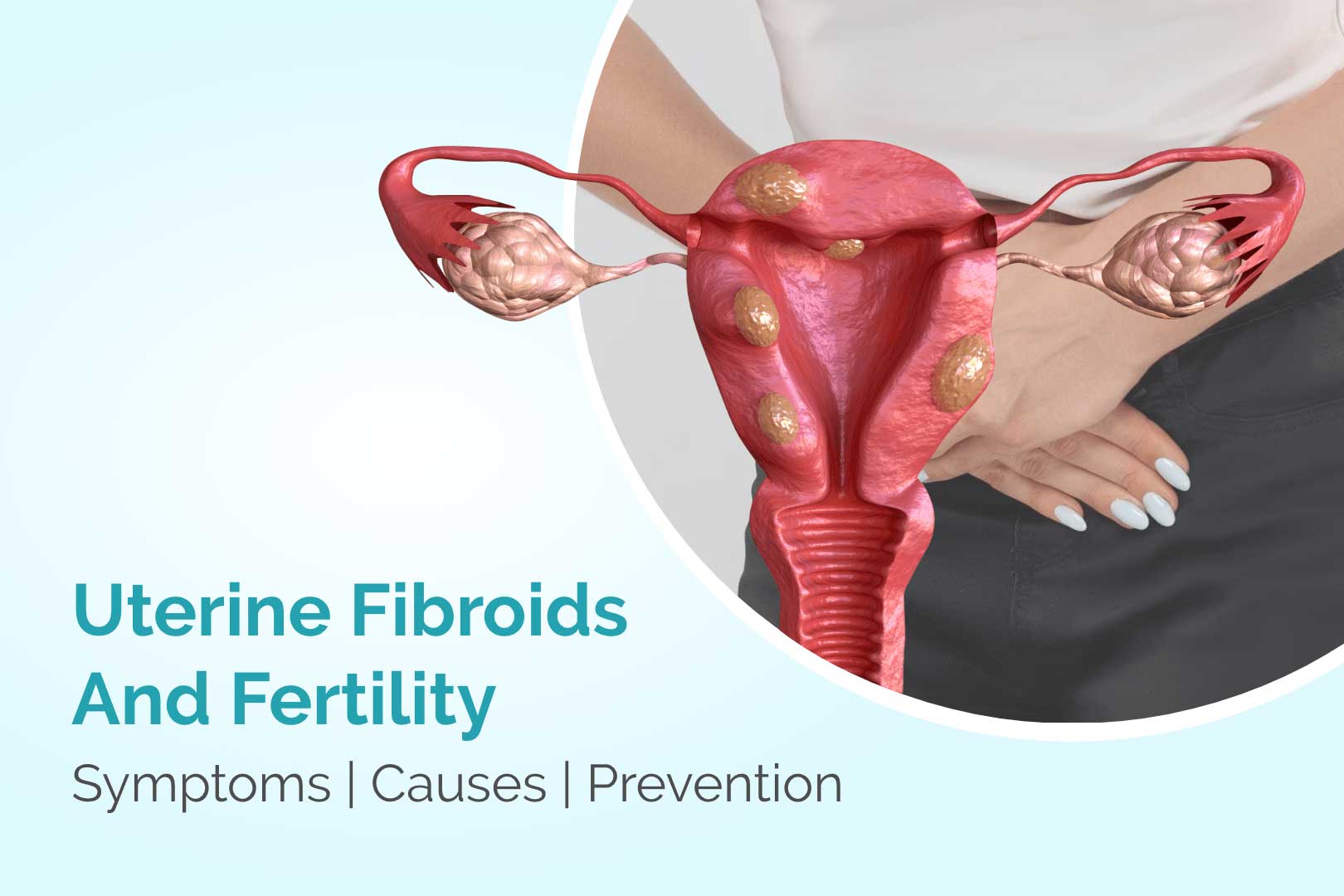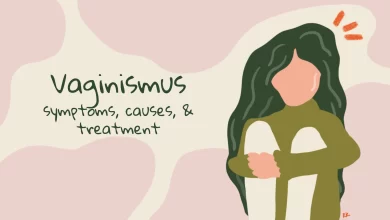Addressing Uterine Fibroids: A Significant Factor Impacting Women’s Fertility in Their 30s


Serious Cause That Can Affect Women’s Fertility At The Age Of 30
When considering the potential causes of fertility challenges, you might already be familiar with factors like PCOS, aging, diminished egg reserves, and even cancer. However, there’s another less-talked-about contender that can significantly affect a woman’s ability to conceive and carry a pregnancy to term: uterine fibroids. These growths, prevalent in approximately two out of three women, predominantly affect those between 30 and 50 years old. Uterine fibroids, benign growths that develop within the uterus where a fetus grows, can create hurdles on the path to pregnancy. They consist of muscle and fibrous tissues and can form either in the muscular wall of the uterus or its cavity.
There are three primary types of fibroids, each with the potential to impact fertility, making it challenging for a woman to conceive and sustain a pregnancy for the full term.
“Timely intervention is crucial to mitigating the potential impact of fibroids on your pregnancy,” advises Dr. Shobha Gupta, Medical Director and Infertility Specialist at Mother’s Lap IVF Centre in New Delhi and Vrindavan.
The Origins of Fibroids:
While the exact cause and development mechanism of fibroids remains largely unknown, studies have linked their formation to estrogen levels.
Other factors associated with fibroids include a higher likelihood of developing them if there is a history of fibroids in your family. “If you find yourself in this category or experience any symptoms, it’s important to consult your GP or a specialist,” emphasizes Dr. Shobha Gupta.
Manifestations and Implications of Fibroids:
Each of the three primary types of fibroids presents with distinct symptoms. However, individual experiences vary, and some women may exhibit no symptoms at all. Dr. Shobha Gupta points out that “fibroids often go unnoticed.” Yet, typical indicators include abdominal pain, heavy menstrual periods, discomfort during intercourse, dizziness, and frequent urination.
In rare cases, fibroids can make conception and pregnancy challenging, potentially leading to infertility. If you’re aiming to conceive and have been diagnosed with fibroids, consulting a physician or fertility specialist is advised to navigate pregnancy safely. Raising awareness about this condition is vital to ensuring that women with fibroids can access timely assistance and treatment.
The Three Primary Categories of Fibroids:
1. Intramural
Developing within the uterine muscular wall, these fibroids can create strain on the lining and expand the area where blood may accumulate.
2. Submucosal
Positioned just below the uterine lining’s surface, these fibroids can result in heavy menstrual flows and distort the uterine cavity.
3. Subserosal
Found on the uterus’s exterior, these fibroids can exert pressure on the surrounding organs.
Impact on Fertility:
Among the three fibroid types, submucosal fibroids are most likely to impact fertility as they grow within the uterine lining. These fibroids can block fallopian tubes, hindering egg release and sperm fertilization. Depending on their size and location, they might also prevent a fertilized egg from attaching to the uterine lining.
“For women with extensive fibroids or clusters taking up substantial uterine space, carrying a pregnancy to term can pose challenges,” explains Dr. Shobha Gupta.
Treatment Approaches:
The good news is that fibroids can be managed through various approaches. Prescription medications or injections might be administered to curb their growth. For more severe cases, minimally invasive surgery could remove larger fibroids. In rare instances, myomectomy or hysterectomy might be considered, though these are usually last-resort measures.
Dr. Shobha Gupta underscores the importance of considering the patient’s age, overall health, desire to have children, as well as the size and location of the fibroids when determining the most suitable treatment course.
Prior to embarking on any treatment path, women should carefully evaluate their options and seek professional medical guidance.







